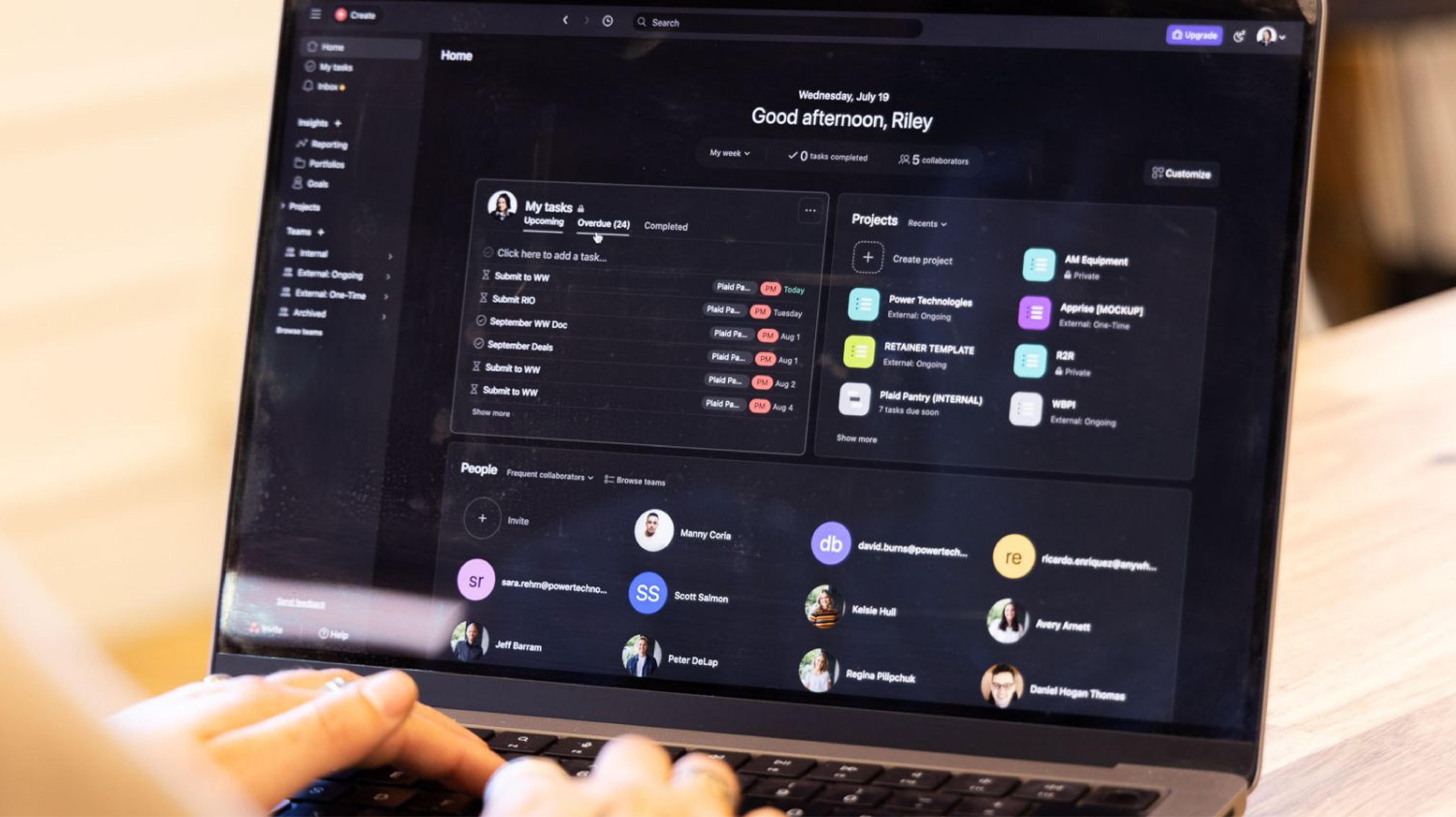The rise of remote work has transformed how many industries operate, and manufacturing is no expectation. This shift to remote manufacturing teams demands a strategic approach to communication to ensure productivity, collaboration, and efficiency.
However, remote manufacturing communication presents unique challenges. Unlike traditional offices, manufacturing involves intricate processes, complex machinery, and strict compliance standards. These protocols need to be followed precisely to ensure worker safety and streamlined operations.
So, how can employers ensure effective remote team communication while fostering a cohesive and collaborative work environment? We answer this below.
Digital Communication Tools for Remote Teams
One of the cornerstones of effective remote team communication is the use of robust digital communication tools. These tools facilitate real-time interactions, project management, and collaboration. Here are some essential tools for remote manufacturing teams:
- Video conferencing tools: Tools like Zoom and Microsoft Teams enable face-to-face interactions, crucial for discussing complex projects, troubleshooting issues, and maintaining team cohesion.
- Instant messaging apps: These are a must-have digital communication tool for remote teams. Platforms such as Slack and Microsoft Teams provide instant messaging capabilities, allowing quick resolution of issues and real-time collaboration.
- Project management software: Tools like Trello, Asana, and Monday.com help manage projects, track progress, and ensure that all team members are aligned with the project's goals.
- Document sharing and collaboration: Digital communication tools for remote teams also include collaboration tools like Google Workspace and Microsoft Office 365. These enable seamless document sharing and collaboration, ensuring that everyone has access to the latest information and can work together effectively.
Best Practices for Crystal-Clear Communication
To manage remote manufacturing teams effectively, it's essential to establish clear communication protocols. These protocols ensure that everyone knows how, when, and where to communicate. Key elements include:
- Regular meetings: Schedule regular virtual meetings to discuss ongoing projects, address concerns, and keep everyone informed. Daily stand-ups or weekly check-ins can be highly effective to ensure your team is updated.
- Defined communication channels: For effective remote team communication, you need to specify which channels should be used for different types of communication. For example, use instant messaging for quick questions, email for detailed reports, and video calls for in-depth discussions.
- Standard operating procedures (SOPs): SOPs are crucial for effective remote team communication. Brief your team thoroughly on standard protocols like response times, escalation processes, and documentation standards.
Building a Culture of Collaboration
Yes, we’ve talked about tools and protocols. However, effective remote team communication goes beyond these two. An integral part of it is building a collaborative culture in your workplace, conducive of promoting trust and transparency. Here are some helpful tips to get you started:
- Recognize and celebrate achievements: Your team is your business’s backbone. Acknowledging their hard work and achievements can go a long way in creating a positive workplace. Celebrating successes, both big and small, boosts employee morale and reinforces a sense of belonging.

Promoting Learning through Training and Development
Learning is a continuous process, especially for remote manufacturing teams. To stay updated with the latest technologies, processes, and best practices, consider these strategies:
- Online training modules: Provide access to online training modules and resources that team members can complete at their own pace. These modules can cover technical skills, communication strategies, and industry-specific knowledge. Another way to improve remote manufacturing communication is to organize webinars and virtual workshops to offer interactive learning experiences.
- Mentorship programs: Mentors are a boon in the workplace. Establish mentorship programs where experienced team members can guide and support newer employees.
Connecting Remote Teams and On-The-Floor Employees with Digital Signage
We’ve discussed how remote teams can communicate and collaborate with each other. However, bridging the gap between remote teams and on-the-floor employees is equally important. This is where digital signage comes in handy.
Imagine digital screens placed throughout the manufacturing floor, displaying critical updates, instructions, and performance metrics from remote teams. This way, everyone gets the information they need right away, making the workflow much smoother.
Additionally, digital signage can broadcast messages from remote teams, like troubleshooting tips, process changes, or urgent alerts. This instant, visual communication helps on-the-floor employees quickly adapt to new directives and stay productive.
L Squared digital signage aso doubles down as an effective emergency communication tool. In case of threats or calamities, you can send it real-time emergency alerts from anywhere to targeted screens on your manufacturing floor. This ensures swift dissemination of information and ensures your workers are safe.
Wrapping Up
Effective remote team communication is essential for the success of remote manufacturing teams. Adopting the right remote team communication strategies will empower remote manufacturing teams to excel, adapt to changing circumstances, and drive innovation in the industry.
By staying connected, informed, and engaged, these teams can continue to deliver high-quality results and maintain a competitive edge in the ever-evolving manufacturing landscape.



